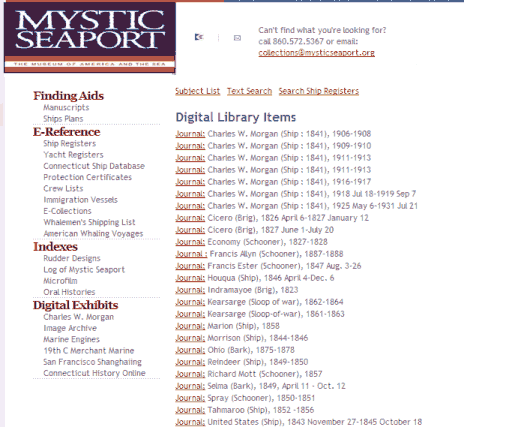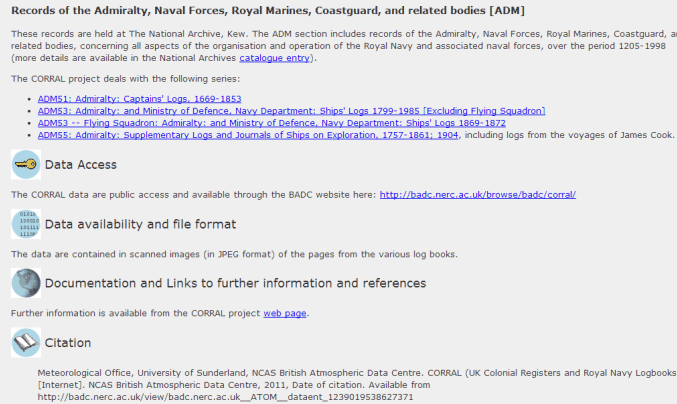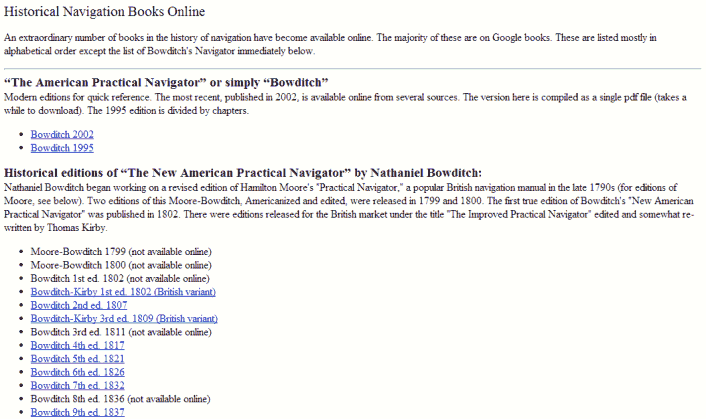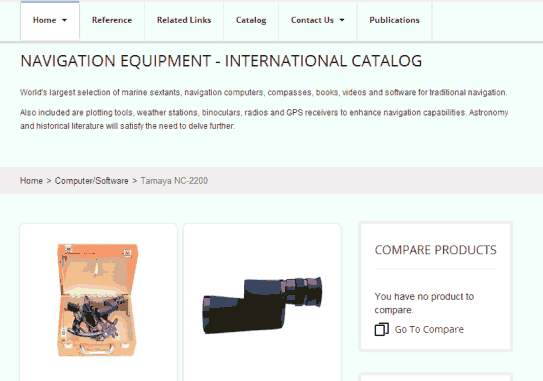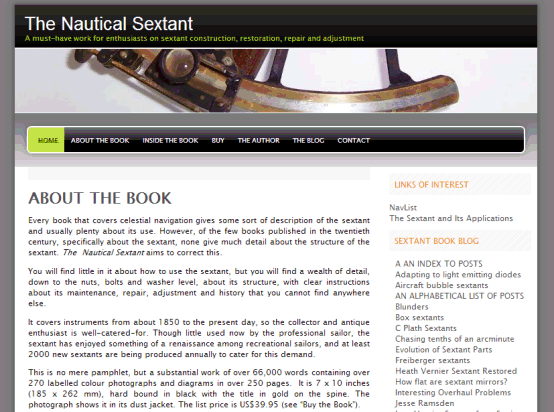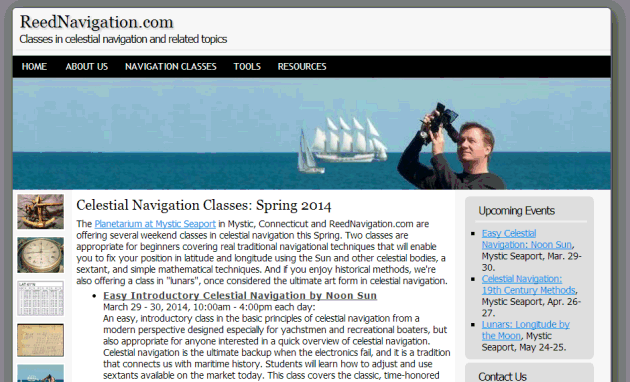
NavList:
A Community Devoted to the Preservation and Practice of Celestial Navigation and Other Methods of Traditional Wayfinding
From: Frank Reed
Date: 2018 Aug 20, 13:25 -0700
Here's my quicky approach to this puzzle.
First, we have an altitude of Antares shortly after sunset, and it's very high: about 71.5° in altitude, equivalent to 18.5° zenith distance. We know from experience that Antares is near the meridian this time of year not long after sunset, so we can get a quick approximate latitude. It's not exactly on the meridian so I'll reduce the zenith distance to 17.5°. The Dec of Antares is about -26.5°. I'll assume for now that my "shadow" as cast by this star points north (and the low altitude of Rigil Kentaurus confirms this), so I keep the zenith distance positive. Then Lat = z.d. + Dec. Therefore my latitude is about -9° (just roughly).
Next, knowing we're close to the equator implies that sunset occurs close to 18:00 local time. We're late enough in twilight to shoot stars, so let's bump thatt to 18:20. You've given the GMT as 19:20. That puts us an hour west of Greenwich: longitude 15° W (just roughly).
Finally, we use what me might call a "social clue". You like navigation puzzles centered on Ascension Island. My crude celestial fix places me about 70 miles southwest of Ascension, so that's nice confirmation! But you said that we observed some island towards the northwest, which means we have to be southeast of the island (also I think probably closer to Ascension in order to see it). I'll shift my estimate to 8.5° S and 14.0° W. This would then serve as a good starting point (DR or AP) for working up a more detailed fix. I would bet the proper celestial fix is less than a degree (60 nautical miles) from this quick estimate.
Frank Reed

